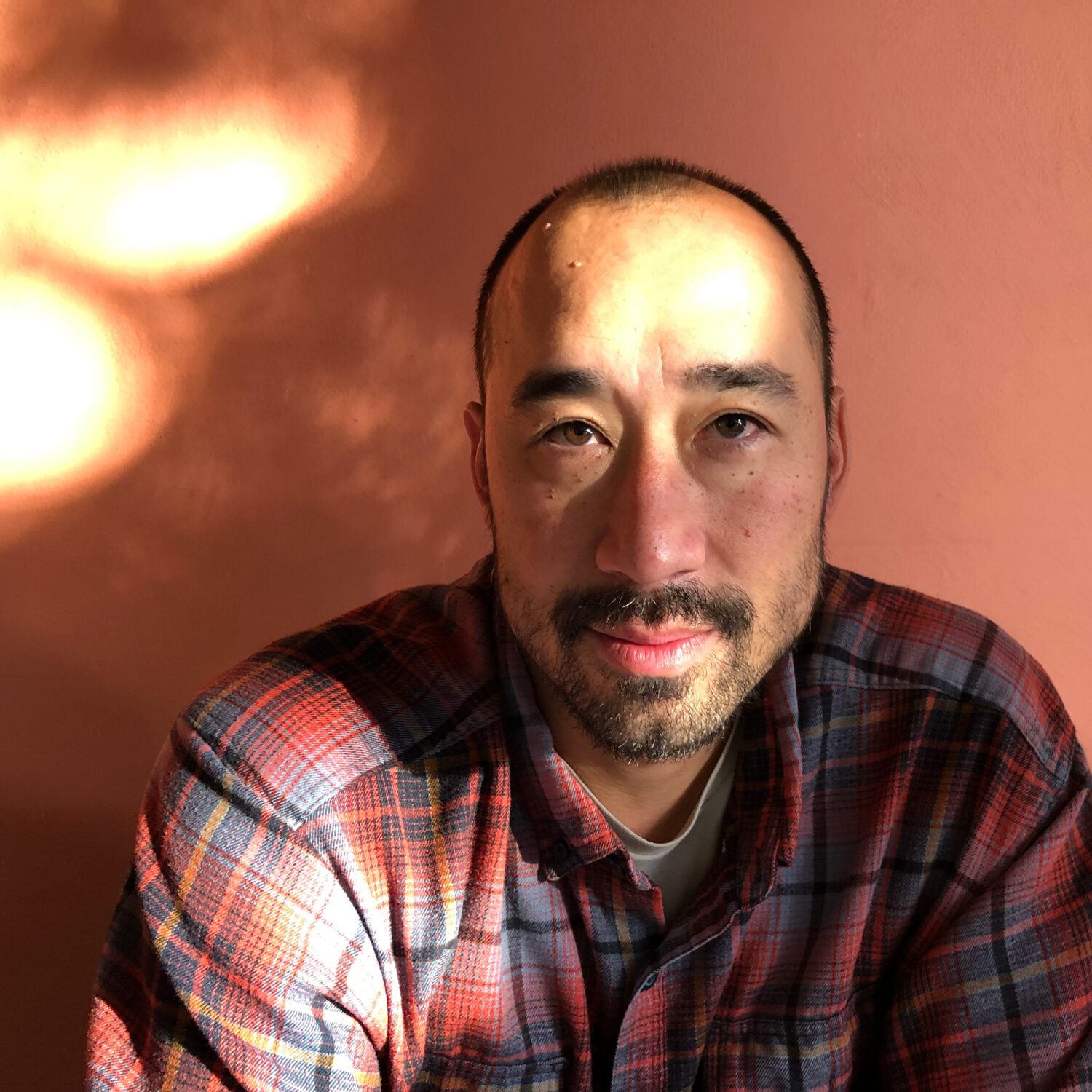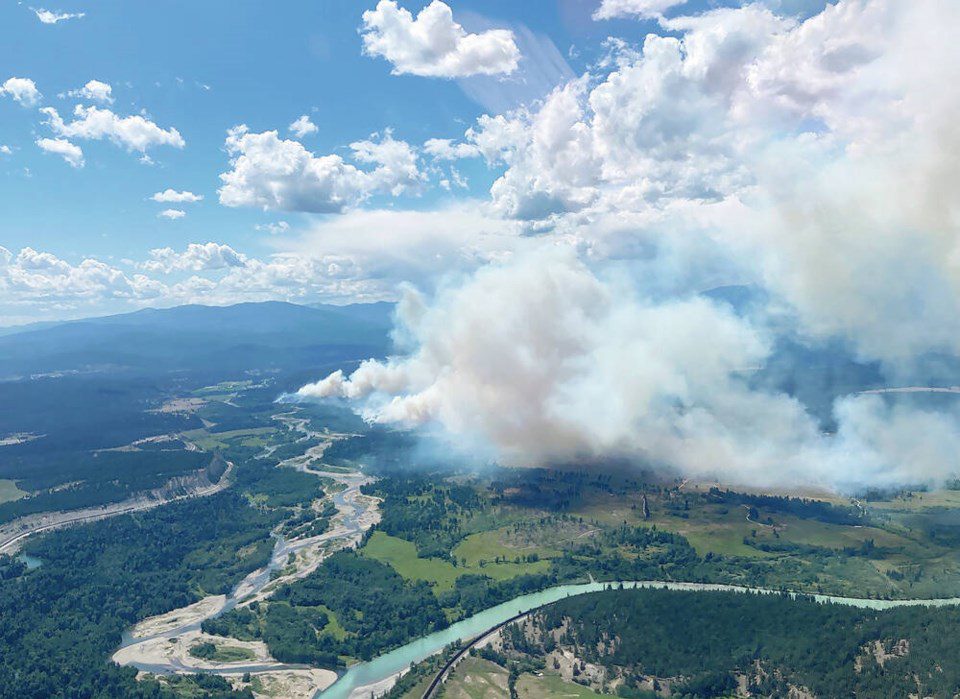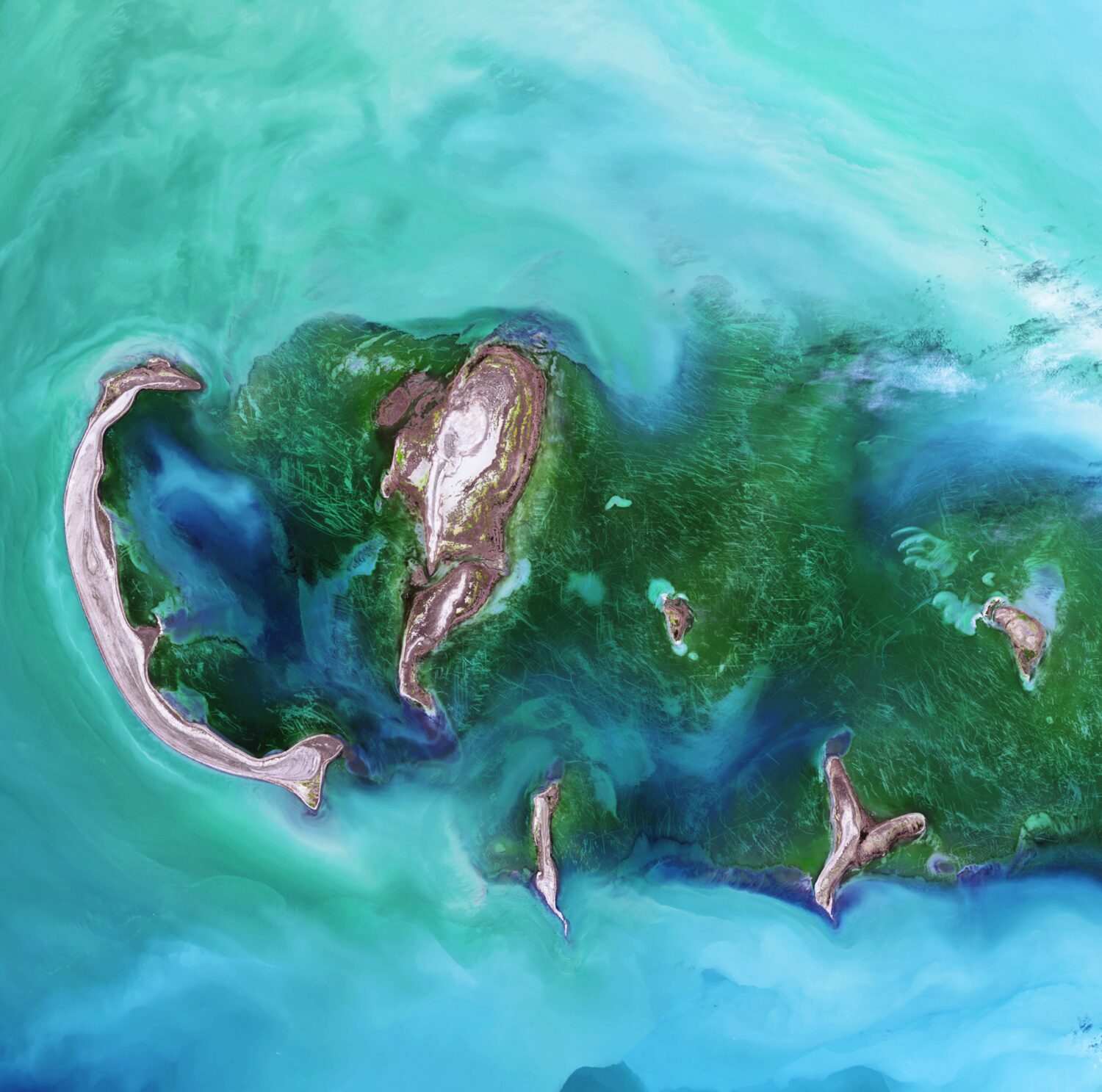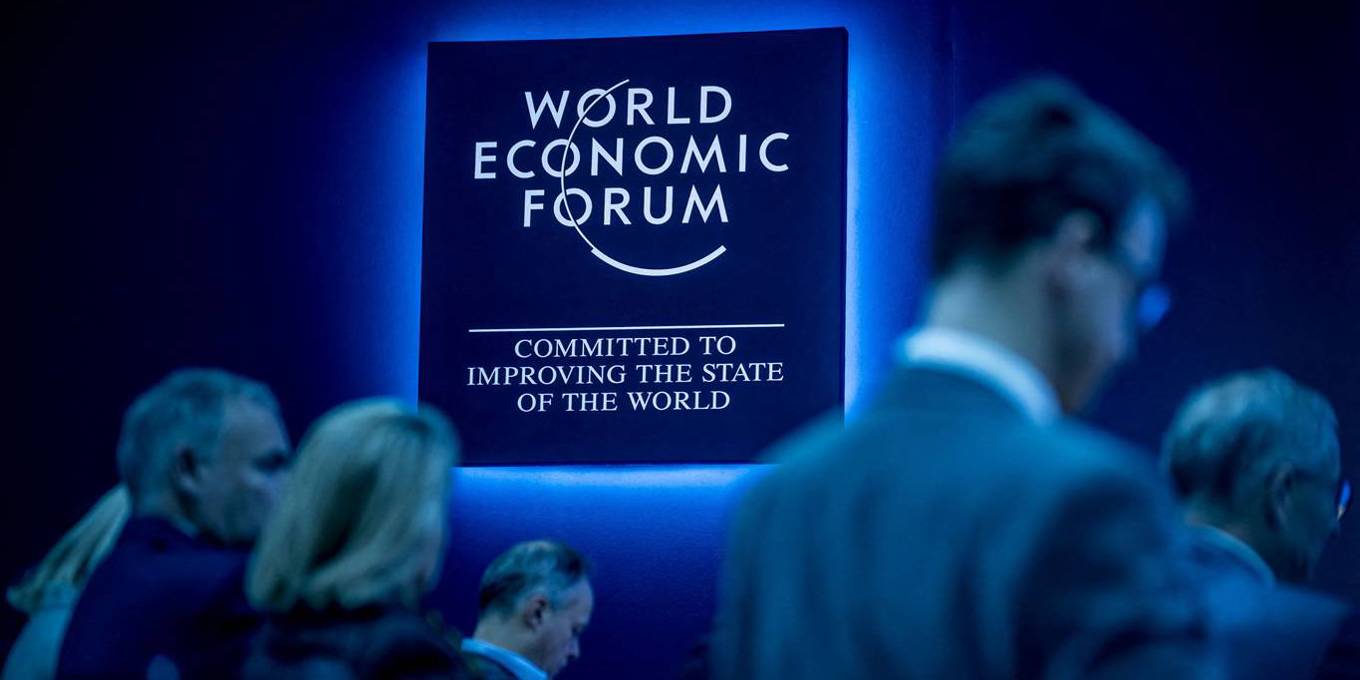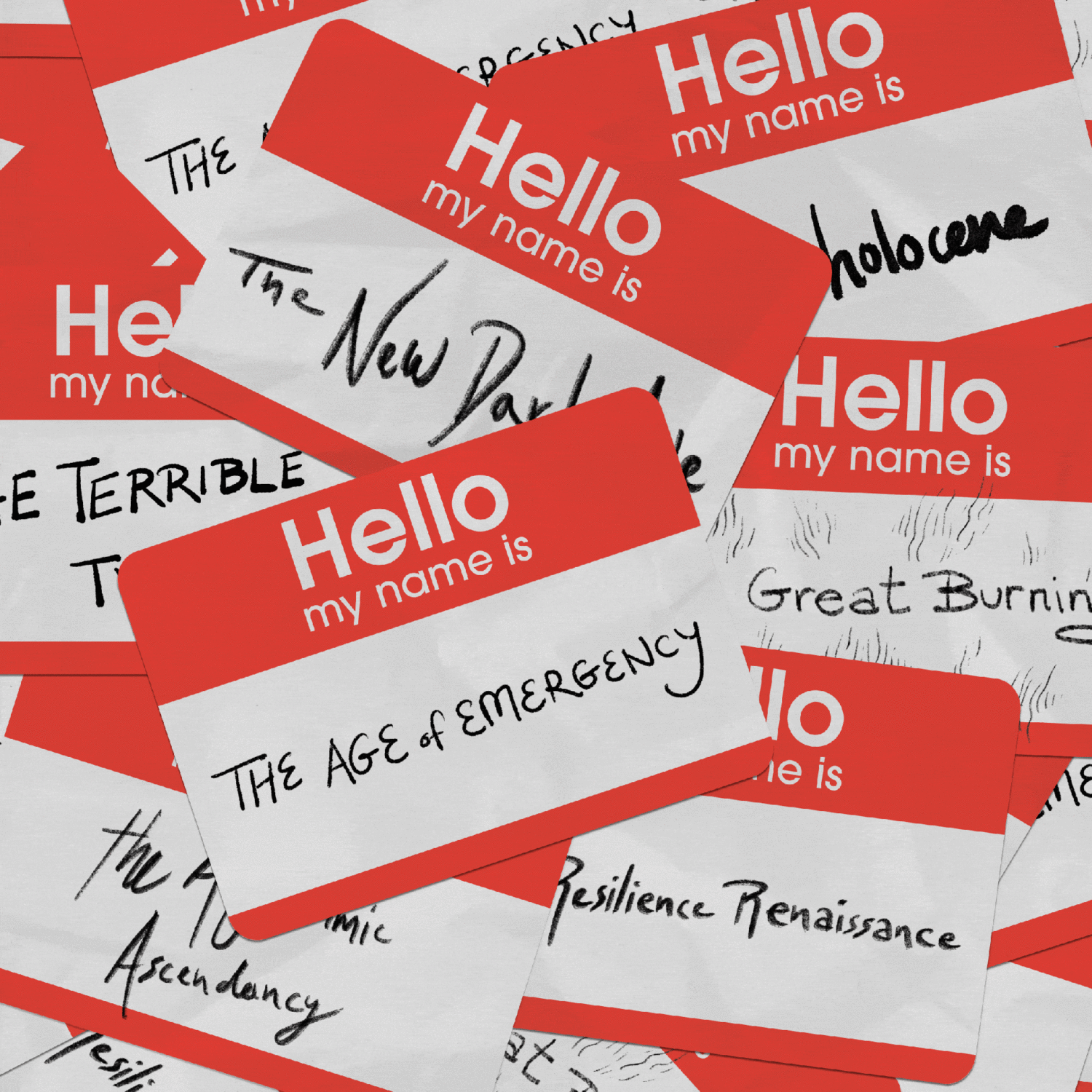To support our shared understanding of these challenging times, we offer an Omega news digest on a global systems view of interconnected and interacting stressors. We hope you find it useful.
The big picture
The fall of an empire is supposed to be a dramatic thing. It’s right there in the name. “Fall” conjures up images of fluted temple columns toppling to the ground, pulled down by fur-clad barbarians straining to destroy something beautiful. Savage invasions, crushing battlefield defeats, sacked cities, unlucky rulers put to death: These are the kinds of stories that usually come to mind when we think of the end of an empire. They seem appropriate, the climaxes we expect from a narrative of rise, decline, and fall. We’re all creatures of narrative, whether we think explicitly in those terms or not, and stories are one of the fundamental ways in which we engage with and grasp the meaning of the world. It’s natural that we expect the end of a story—the end of an empire—to have some drama. The reality is far less exciting. Any political unit sound enough to project its power over a large geographic area for centuries has deep structural roots. Those roots can’t be pulled up in a day or even a year. If an empire seems to topple overnight, it’s certain that the conditions that produced the outcome had been present for a long time—suppurating wounds that finally turned septic enough for the patient to succumb to a sudden trauma. How Do You Know If You’re Living Through the Death of an Empire? (2020), by Patrick Wyman, Mother Jones.
If time is a circle, as the Indigenous worldview presumes, the knowledge we need is already within the circle; we just have to remember it to find it again and let it teach us. That’s where the storytellers come in. Among the first people of the eastern woodlands, it is said that at one point on the circle of time that is our ongoing story, the People lived in the Skyworld, in much the same way as we live here on Earth today. There grew among them a great Tree of Life. Every kind of plant was borne on its branches: the grasses, the berries, the trees, the ferns, and even the mosses, tucked in a knothole. One night a great windstorm blew through the Skyworld and toppled the tree. The next morning Gizhgokwe, a beautiful young woman, stood beside the great hole where its roots had been. She stepped close to the edge to look below, and all she saw was blackness. So she went a little closer, but all she could see was the beam of light from the Skyworld disappearing into the dark. As she leaned forward, the soil at the edge began to crumble and she reached out to the Tree of Life to steady herself, but the branch broke off in her hand. And she fell, into the uncertainty of a new world. Ancient Green: Moss, Climate, and Deep Time, by Robin Wall Kimmerer, Emergence Magazine.
Human-induced climate change is fast becoming a climate emergency as we near an irreversible point of no return. In our anthropocentric quest to have dominion over all the earth, we are putting all of life at risk, including human life and civilization. The introduction of collapsology serves as a reality check for better understanding the severity and urgency of the present crisis. Moreover, because of the deleterious effects of environmental racism and classism, there can be no climate justice without racial justice as well. It is hoped that in the end there will emerge a more informed pastoral theology and, by extension, a more informed pastoral and spiritual care, guided by the findings of climate science. “We live in a world of unreality and dreams. To give up our imaginary position at the center, to renounce it, not only intellectually but in the imaginative part of our soul, that means to awaken to what is real and eternal, to see the true light and hear the true silence.”—Simone Weil, Waiting for God. The End of the World As We Have Known It? An Introduction to Collapsology, by Kirk Bingaman, Springer.
In an interview with evolve, education researcher Zak Stein mentioned that we live in “a time between worlds”. This phrase resonated deeply with us in the editorial team, in conversation with friends and in the evolve salons that follow each issue of the magazine. This statement addresses a sentiment that many people are currently experiencing: An old world comes to an end when what is known, familiar and secure is extinguished. But the new world has not yet come into being. We are looking for values, ways of life, ways of dealing with ourselves, with each other and with the living world that will meet the challenges of the present. It seems that a way of life based on endless material growth, on competition and separation from each other and from nature is simply not viable. More and more people are seeing that this is the case, but we are in an in-between space and are called upon to orient ourselves in it and participate in the emergence of the new. The Poetic Art of Living in a Time Between Worlds, by Mike Kauschke, Emerge.
We know the path forward will not be easy. We know that the solution to our problems in this century is not Big Government. It’s not Big Money. And it’s not Big Tech either. Of course, we do need all three — government, capital, and technology. But what we need most of all is a profound shift in our qualities of relationship that allows us to protecting and tending the flame. When systems collapse, what are we left with? We are left with each other. We are left with our relationships. With how we relate to Mother Nature, how we relate to each other, and how we relate to our emerging Selves. These are our three sources of protecting, tending, and cultivating the flame. If that is true, then the single most important leverage point for progressing on our collective journey of transformation is the creation of enabling infrastructures that support leaders, citizens, and communities in transforming their relationship from extractive to regenerative by shifting the underlying consciousness from ego-system to eco-system awareness, that is, from a silo- to a systems view. Protect the Flame: Circles of Radical Presence in Times of Collapse, by Otto Scharmer, Medium.
Articles: Deep dive
In the midst of an arid summer that set heat records across Europe, the continent’s rivers are evaporating. The Rhine — a pillar of the German, Dutch and Swiss economies for centuries — is set to become virtually impassable at a key waypoint later this week, stymieing vast flows of diesel and coal. The Danube, which snakes its way 1,800 miles through central Europe to the Black Sea, is gummed up too, hampering grain and other trade. Across Europe, transport is just one of the elements of river-based commerce that’s been upended by climate change. France’s power crisis has worsened because the Rhone and Garonne are too warm to effectively cool nuclear reactors, and Italy’s Po is too low to water rice fields and sustain clams for “pasta alle vongole.” While disruptions to waterways would be a challenge at the best of times, the region is already on the brink of recession as Russia’s invasion of Ukraine fuels inflation by squeezing food and energy supplies. The situation — just four years after a historic halt to Rhine shipping — adds urgency to European Union efforts to make inland shipping more resilient. Historic Drought Threatens to Cripple European Trade, by William Wilkes, Jack Wittels and Irina Vilcu, Bloomberg.
A great upheaval is coming. Climate-driven movement of people is adding to a massive migration already under way to the world’s cities. The number of migrants has doubled globally over the past decade, and the issue of what to do about rapidly increasing populations of displaced people will only become greater and more urgent. To survive climate breakdown will require a planned and deliberate migration of a kind humanity has never before undertaken. The world already sees twice as many days where temperatures exceed 50C than 30 years ago – this level of heat is deadly for humans, and also hugely problematic for buildings, roads and power stations. It makes an area unliveable. This explosive planetary drama demands a dynamic human response. We need to help people to move from danger and poverty to safety and comfort – to build a more resilient global society for everyone’s benefit. The century of climate migration: why we need to plan for the great upheaval, by Gaia Vince, The Guardian.
It took less than six hours for drug-developing AI to invent 40,000 potentially lethal molecules. Researchers put AI normally used to search for helpful drugs into a kind of “bad actor” mode to show how easily it could be abused at a biological arms control conference. All the researchers had to do was tweak their methodology to seek out, rather than weed out toxicity. The AI came up with tens of thousands of new substances, some of which are similar to VX, the most potent nerve agent ever developed. Shaken, they published their findings this month in the journal Nature Machine Intelligence. The paper had us at The Verge a little shook, too. So, to figure out how worried we should be, The Verge spoke with Fabio Urbina, lead author of the paper. He’s also a senior scientist at Collaborations Pharmaceuticals, Inc., a company that focuses on finding drug treatments for rare diseases. AI suggested 40,000 new possible chemical weapons in just six hours, by Justine Calma, The Verge
The system is in crisis, its shaky foundations exposed by the tumbling dominoes of the Ukraine war, resulting in food and fuel scarcity, the pandemic and looming insolvency and hunger rippling across the world. Sri Lanka is Exhibit A. We were once an economic hope, with an educated population and a median income among the highest in South Asia. But it was an illusion. After 450 years of colonialism, 40 years of neoliberalism, and four years of total failure by our politicians, Sri Lanka and its people have been beggared. The former president Gotabaya Rajapaksa deepened our debt problems, but the economy has been structurally unsound across administrations. We simply import too much, export too little and cover the difference with debt. This unsustainable economy was always going to collapse. But we are just the canary in the coal mine. The entire world is plugged into this failing system, and the pain will be widespread. Sri Lanka Collapsed First, but It Won’t Be the Last, by Indrajit Samarajiva, The New York Times.
Australia’s environment and wildlife are facing even greater threats than previously acknowledged, according to a new report that the environment minister said painted a “story of crisis and decline.” “It shows that we are in the middle of catastrophic environmental decline where we’re seeing populations of wildlife declining dramatically,” said Brendan Wintle, an ecosystem and forest sciences professor at the University of Melbourne, who was not involved in the State of the Environment report released Tuesday. “It’s very much a precursor to an extinction crisis in Australia, unless we see transformative change.” About 200 plant and animal species have been added to the threatened species list since 2016, the report said, or had their vulnerability status upgraded. Among those moved to the endangered list: the country’s iconic koala. Climate change, habitat loss, invasive species, pollution and mining have contributed to the problems, the report said. The document assessed the cumulative impact that years of extreme weather, including droughts and the devastating 2019-2020 summer wildfires, have had on the country. ‘Crisis and Decline’: Report Paints a Bleak Assessment of Australia’s Environment, by Yan Zhuang, The New York Times.
Books: What we’re reading this month
We are the Middle of Forever: Indigenous Voices from Turtle Island on the Changing Earth
Edited by Dahr Jamail and Stan Rushworth
“Mankind has a chance to change the direction of this movement, do a roundabout turn, and move in the direction of peace, harmony, and respect for land and life. The time is right now. Later will be too late.”
Hopi elder Thomas Banyacya.
Although for a great many people, the human impact on the Earth—countless species becoming extinct, pandemics claiming millions of lives, and climate crisis causing worldwide social and environmental upheaval—was not apparent until recently, this is not the case for all people or cultures. For the Indigenous people of the world, radical alteration of the planet, and of life itself, is a story that is many generations long. They have had to adapt, to persevere, and to be courageous and resourceful in the face of genocide and destruction—and their experience has given them a unique understanding of civilizational devastation.



